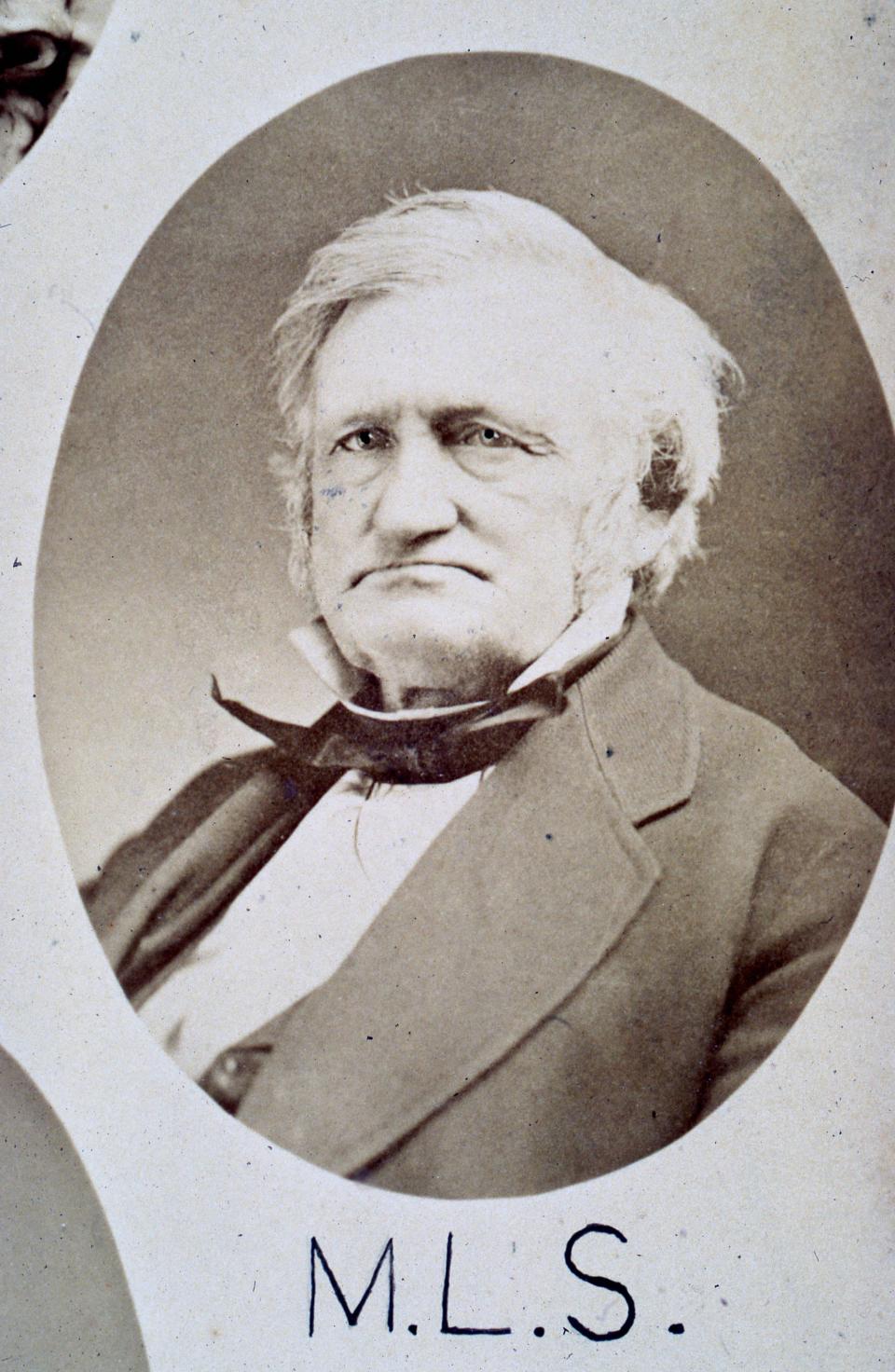For nearly 175 years, Ohioans have traveled to the Ohio State Fair, which wraps up its 2024 run with lots of events going on Sunday, Aug. 4.
Although first held near Cincinnati in 1850, the Ohio State Fair traveled to 10 different cities across the state before making its permanent home in Columbus. Franklin Park held the fair from 1874 to 1885. The state created the current fairgrounds, now the Ohio Expo Center & State Fairgrounds on East 17th Avenue off Interstate 71 as the fair’s permanent home in 1886.

The idea for the Ohio State Fair has its roots in Columbus. In June 1845, a group of Franklin County residents — including Samuel Medary and Michael L. Sullivant (son of Franklinton founder Lucas Sullivant) — helped establish an agricultural convention in Columbus. Sullivant, the largest livestock farmer in the county, drove approximately 30 of his best Durham cattle to the Ohio Statehouse for the “entertainment and enlightenment” of the delegates to the state convention.
The Ohio legislature then formally established a 53-member Ohio Board of Agriculture in 1846, which included Sullivant and Medary, and the group decided to establish a district fair. After two successful district fairs in Wilmington (1847) and Xenia (1848), planning began for a state fair.

The first Ohio State Fair occurred October 2-4, 1850, at Camp Washington near Cincinnati. Special rates were offered to exhibitors and attendees traveling by stagecoach, railroad and canal. Between 25,000 and 35,000 people attended the first state fair for 20 cents.
Exhibitions included a Manufacturer’s Hall, Mechanics Hall, Floral Hall, stock stalls, and more. Booths selling refreshments and demonstrating machinery and farm implements filled the fairgrounds. Of particular interest was a corn cultivator invented by James Ferguson, postmaster of the recently established Clintonville post office near Columbus.

Since 1850, the fair has grown and now attracts nearly 1 million visitors each year who entertain themselves with amusement rides, national music acts and the same type of agricultural and stock exhibitions of the early fairs.

The Ohio State Fair has only been canceled a few times in its history: during World War II (1942-45) and for the COVID-19 pandemic.

Other Ohio State Fair historic milestones include:
1896 – The Ohio State Fair became the first fair with an electric lighting system. This made it possible to offer nighttime racing.
1903 – The first butter cow and calf were featured at the Ohio State Fair, sculpted by A. T. Shelton & Company, and the Iowa State Fair soon followed suit.

1966 – The original OHIO Gate was built at the 11th Avenue entrance.
1969 – The first portion of the SkyGlider was built. It was later extended to 11th Avenue in 1984. The same year, the Giant Slide also opened.

2002 – The 11th Avenue OHIO Gate, originally built in 1966, was torn down and reconstructed using a more contemporary design.
2024 – The state broke ground in May for construction on the first phase of its future vision for the Ohio Expo Center & State Fairgrounds: a new Ohio State Showcase Building that includes a new food hall and a new agricultural educational building with more than 100,000 square feet of space for exhibits and events.
Grace Newman is a librarian with the Columbus Metropolitan Library.
This article originally appeared on The Columbus Dispatch: Idea for Ohio State Fair had roots in Columbus history
EMEA Tribune is not involved in this news article, it is taken from our partners and or from the News Agencies. Copyright and Credit go to the News Agencies, email news@emeatribune.com Follow our WhatsApp verified Channel





